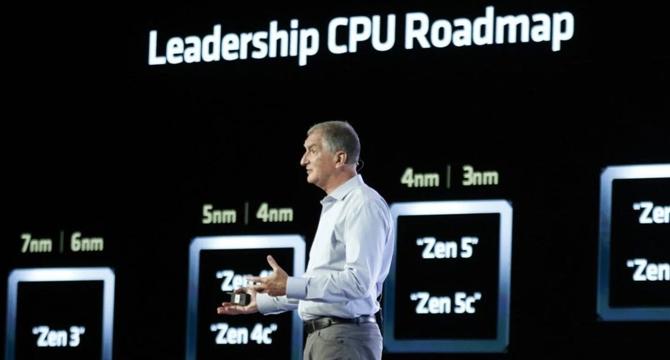Insider
3w
177

Image Credit: Insider
AMD's CTO says AI inference will move out of data centers and increasingly to phones and laptops
- Mark Papermaster, CTO of AMD, foresees AI inference transitioning from data centers to edge devices like smartphones and laptops, offering a market share opportunity against Nvidia.
- The shift towards AI inference, particularly in the realm of edge computing, is seen as a lucrative development by AMD.
- Papermaster anticipates the emergence of an AI 'killer app' within the next three to six years.
- AI workloads heavily shifting from training to inference is advantageous for AMD, as inference plays a pivotal role in generating outputs like answering queries or producing images.
- AMD executives recognize the potential to seize market share from Nvidia amidst the focus on inference computing.
- With an increasing demand for AI computing across various devices, AMD aims to align its direction towards meeting the evolving needs in this domain.
- Use cases for AI computing in edge devices such as laptops and phones revolve around local, immediate, and low-latency content creation.
- Applications like real-time translation and content creation are expected to become more seamless and efficient due to advancements in AI capabilities on edge devices.
- The future of handheld AI may see a majority of inference tasks being performed at the edge, with transformative applications evolving rapidly in the next few years.
- Ongoing innovations focus not only on enhancing accuracy and capabilities but also on optimizing efficiency in AI models, ensuring continuous advancement in AI computing technology.
Read Full Article
10 Likes
For uninterrupted reading, download the app